Domestic Shorthairs are the quintessential family cat, known for their versatility, charm, and affectionate nature. With a rich history of companionship and service, these cats have earned their place in countless homes as both loving pets and skilled mousers.
This guide explores their fascinating traits, care needs, and why they continue to be one of the most beloved feline companions in the world.
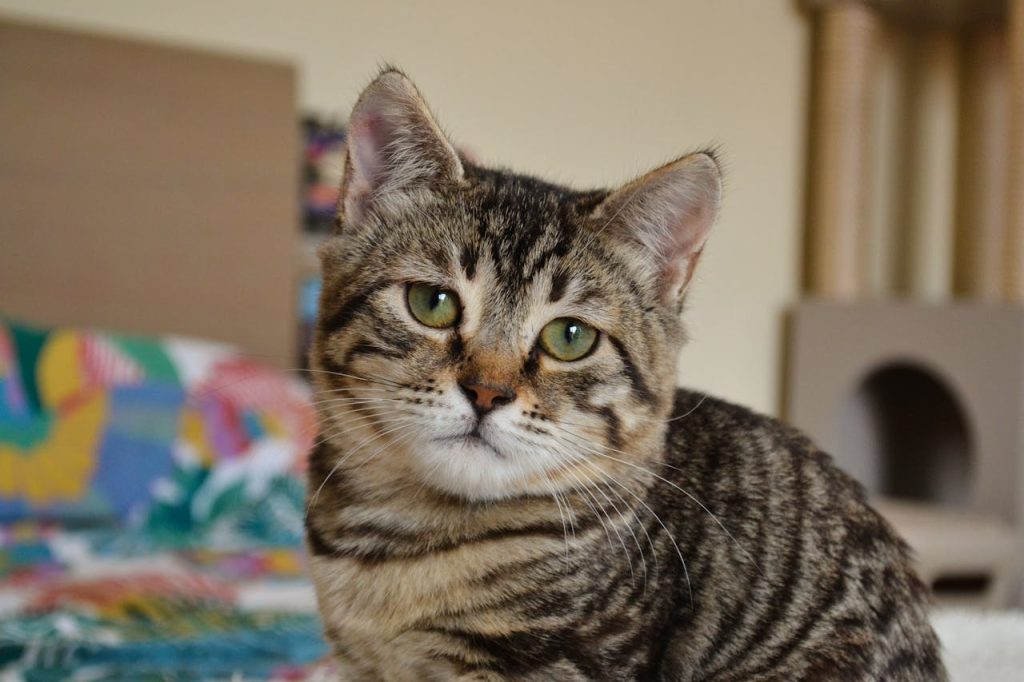
Table of Contents
Introduction
The Domestic Shorthair is among the most popular and beloved cat breeds in the world, celebrated for its unique combination of charm, resilience, and versatility. These cats have been trusted companions to humans for centuries, thanks to their unmatched adaptability and affectionate personalities.
They are often referred to as “America’s cat” due to their widespread presence in households across the country. Whether perched on a windowsill, curling up in a warm lap, or energetically chasing a toy,
Domestic Shorthairs are a source of joy and companionship. This guide will take you through everything you need to know about these remarkable felines, from their fascinating history to tips on how to care for them.
Looking for more reasons to adore cats? Read our article, Why Cats Are the Best Pets.
History and Origin
The Domestic Shorthair is not a specific breed but rather a catch-all term for cats with short fur and mixed ancestry. These cats have a rich history that dates back thousands of years.
Descended from African wildcats, they demonstrated remarkable adaptability as they traveled with humans on ships and caravans, thriving in diverse climates ranging from arid deserts to temperate regions.
For example, in ancient Egypt, they were revered for their ability to control rodent populations and were even seen as symbols of protection and good fortune.
When these cats accompanied European settlers to the New World, they quickly adapted to the harsh winters and rural farm life, where they proved invaluable as mousers.
Stories of ship cats aboard trading vessels highlight their resilience; these cats not only controlled pests but also bonded with sailors, serving as both workers and companions during long voyages.
Today, their history of adaptability is reflected in their hardiness and versatility as pets.
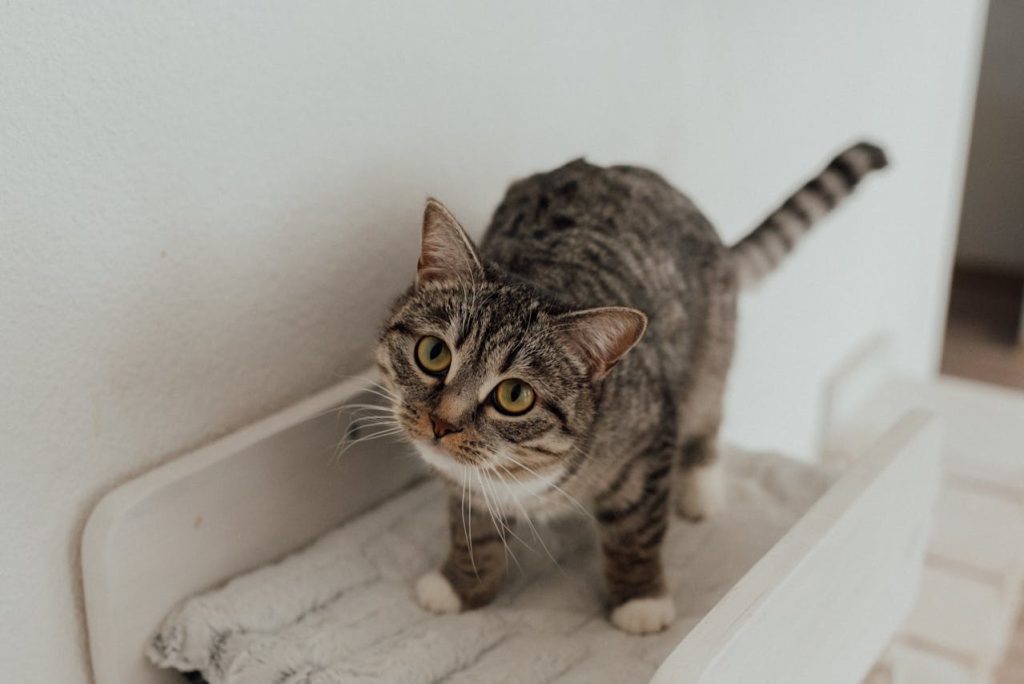
Why Were Domestic Shorthairs Created?
Domestic Shorthairs were not intentionally bred for specific traits like many pedigree cats. Instead, they naturally evolved as hardy, versatile cats adept at surviving in various conditions.
Their evolutionary advantages, such as their short coat, allowed them to regulate body temperature efficiently in diverse climates, from colder northern regions to warm, arid areas.
Their muscular build and sharp reflexes made them exceptional hunters, capable of keeping homes, farms, and ships free from rodents.
These traits ensured their survival and endeared them to humans as invaluable companions who could work and thrive alongside them in any environment.
Physical Characteristics
Domestic Shorthairs come in various colors, patterns, and sizes. From sleek black cats to classic tabbies, elegant tuxedos, calicos, and striking solid colors like white or gray, their appearance is as diverse as their genetics.
Some have intricate patterns, such as tortoiseshell or spotted coats, that make them stand out.
Another defining feature is their expressive almond-shaped eyes, which can come in a stunning range of colors, including green, blue, amber, or even odd-eyed combinations.
These cats typically have muscular builds and short, dense coats that are soft to the touch and require minimal grooming.
Their average weight ranges from 8 to 15 pounds, depending on gender and individual genetics, making them well-suited for both active and relaxed lifestyles.
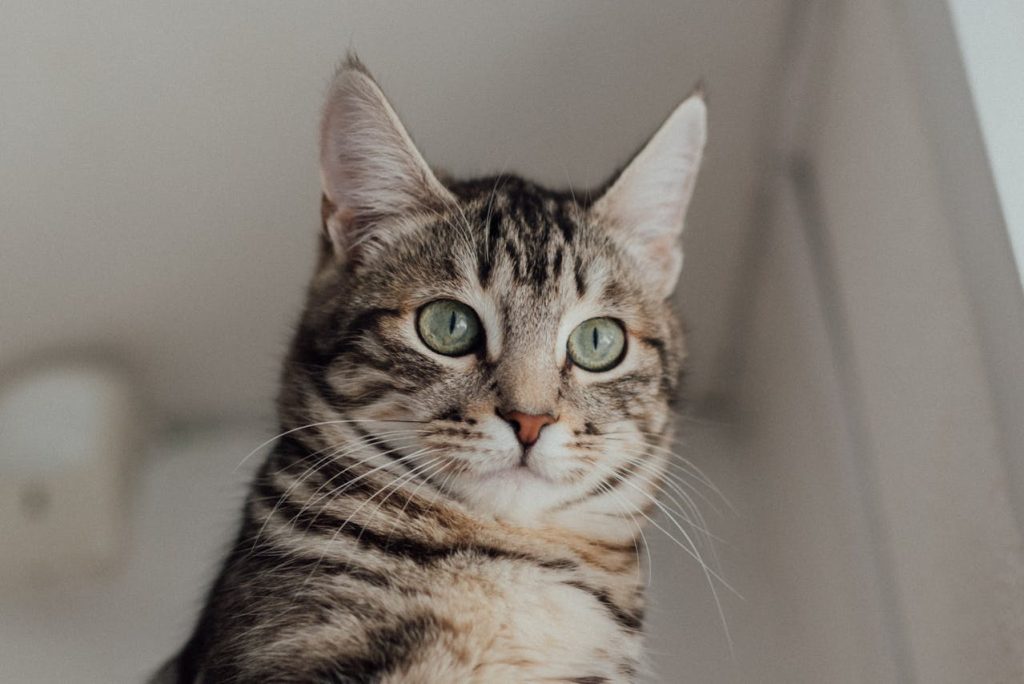
Temperament and Personality
One of the domestic shorthair’s defining traits is its adaptable and friendly nature. These cats are known for their affectionate personalities and ability to bond closely with their human families.
They are social but not overly demanding, making them a perfect balance for many households.
For instance, Domestic Shorthairs often thrive in homes with children, as their playful yet patient demeanor makes them ideal companions for younger family members.
Anecdotes abound of these cats spending hours chasing toy mice with kids or curling up beside them during story time. Additionally, their adaptability shines in multi-pet households.
Many Domestic Shorthairs have been known to form strong bonds with dogs, often sharing beds or engaging in playful antics together.
Their ability to adjust to different environments and personalities is a testament to their easygoing and lovable nature. Some may be playful and energetic, while others are more laid-back and content to lounge on the couch.
Choosing the Right Domestic Shorthair Kitten
When selecting a Domestic Shorthair kitten, consider factors such as temperament, health, and energy levels. Reputable shelters and rescues are great places to find kittens in need of loving homes.
Spend time observing the kittens to see which one’s personality aligns with your lifestyle. Look for bright eyes, a clean coat, and playful behavior as signs of a healthy kitten.
Intelligence and Training
Domestic Shorthairs are highly intelligent and can be trained to perform various tricks and respond to commands.
Positive reinforcement techniques, such as treats and praise, work well for these smart cats. They enjoy puzzle toys and interactive play sessions that challenge their minds.
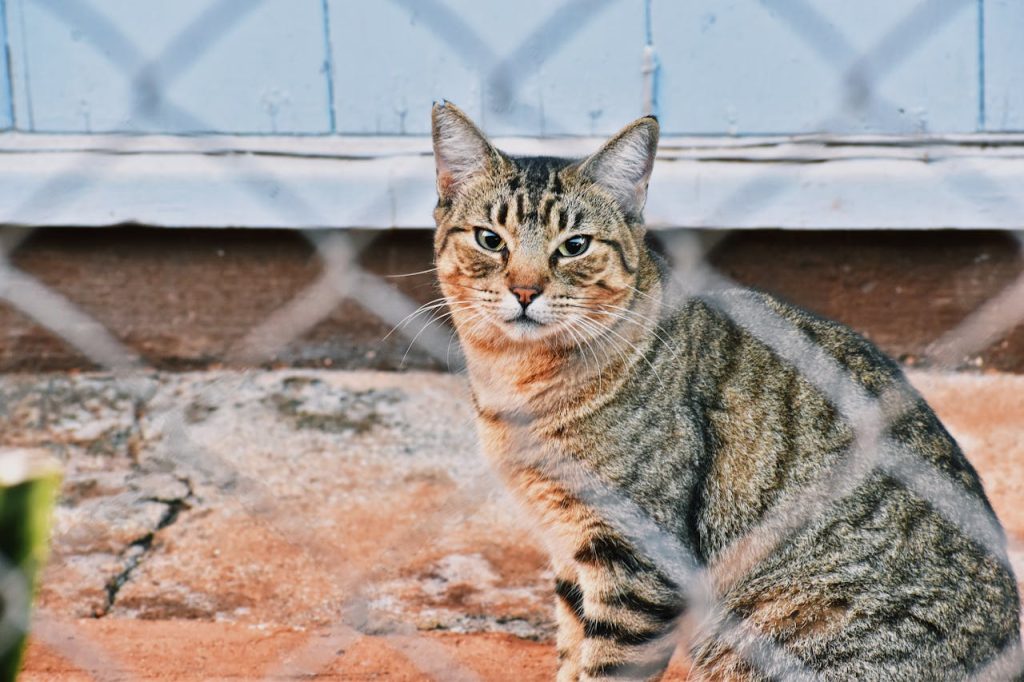
Exercise and Energy Levels
While Domestic Shorthairs are adaptable, their energy levels can vary widely. Some are highly active and require plenty of playtime, while others are more relaxed.
Providing toys, scratching posts, and regular interactive play is essential to keep them physically and mentally stimulated.
Diet and Nutrition
A balanced diet is crucial for the health of a Domestic Shorthair. High-quality commercial cat food that meets AAFCO standards is a reliable choice, such as brands offering options tailored for indoor cats or weight management.
Wet food can also be included to help with hydration, especially for cats that may not drink enough water on their own.
A recommended feeding schedule involves two to three small meals a day to prevent overeating and help maintain a healthy weight.
For example, offering a mix of wet and dry food in the morning and evening provides variety and ensures they receive the right nutrients.
Treats like freeze-dried chicken or salmon can be used sparingly as rewards, but avoid overindulging as it may lead to obesity. Fresh water should always be readily available, and it’s a good idea to use a water fountain to encourage hydration.
Health and Lifespan
Domestic Shorthairs are known for their robust health and can live 15 years or more with proper care. Regular veterinary check-ups, vaccinations, and preventative treatments for parasites are essential.
Like all cats, they can be prone to certain conditions such as dental issues or obesity, so proactive care is important.
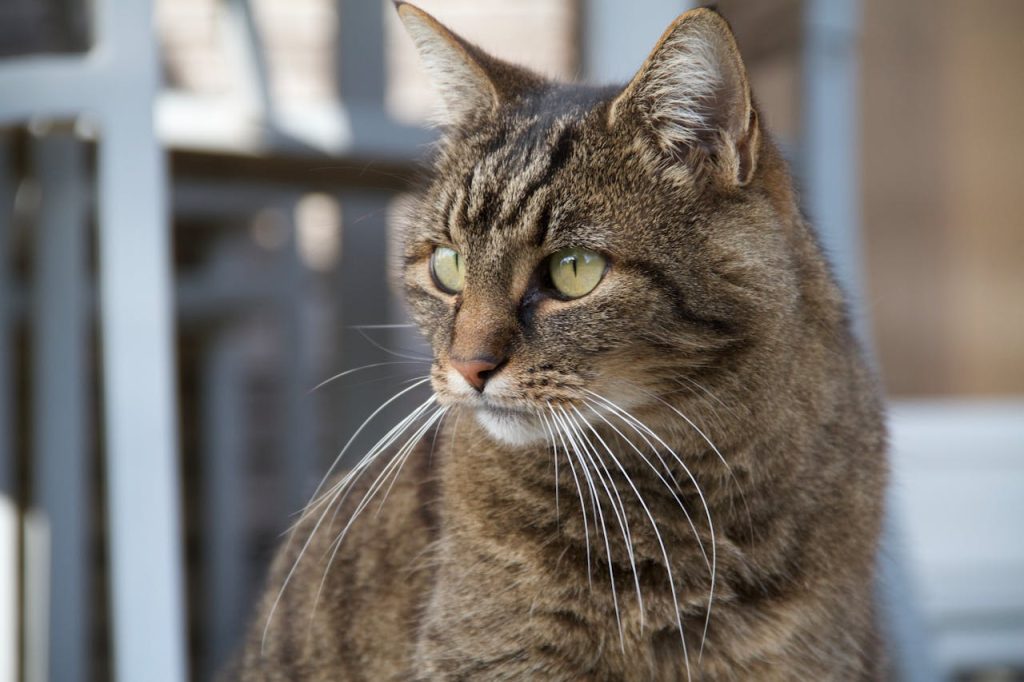
Grooming and Coat Care
One of the advantages of owning a Domestic Shorthair is their low-maintenance coat. Weekly brushing is usually sufficient to remove loose fur and reduce shedding.
Use a rubber grooming brush or a slicker brush, which are particularly effective for their dense short coats. Additionally, a grooming glove can be a great tool to gently remove fur while providing a soothing massage.
Regular grooming also provides an opportunity to check for any skin issues, pests, or unusual bumps. Incorporating nail trimming every few weeks and cleaning their ears with a vet-approved solution will help maintain their overall hygiene.
Working Roles and Versatility
Historically, Domestic Shorthairs excelled as working cats, keeping homes, farms, and ships free of rodents. Today, they continue to serve as excellent pest controllers while thriving as affectionate companions in diverse households.
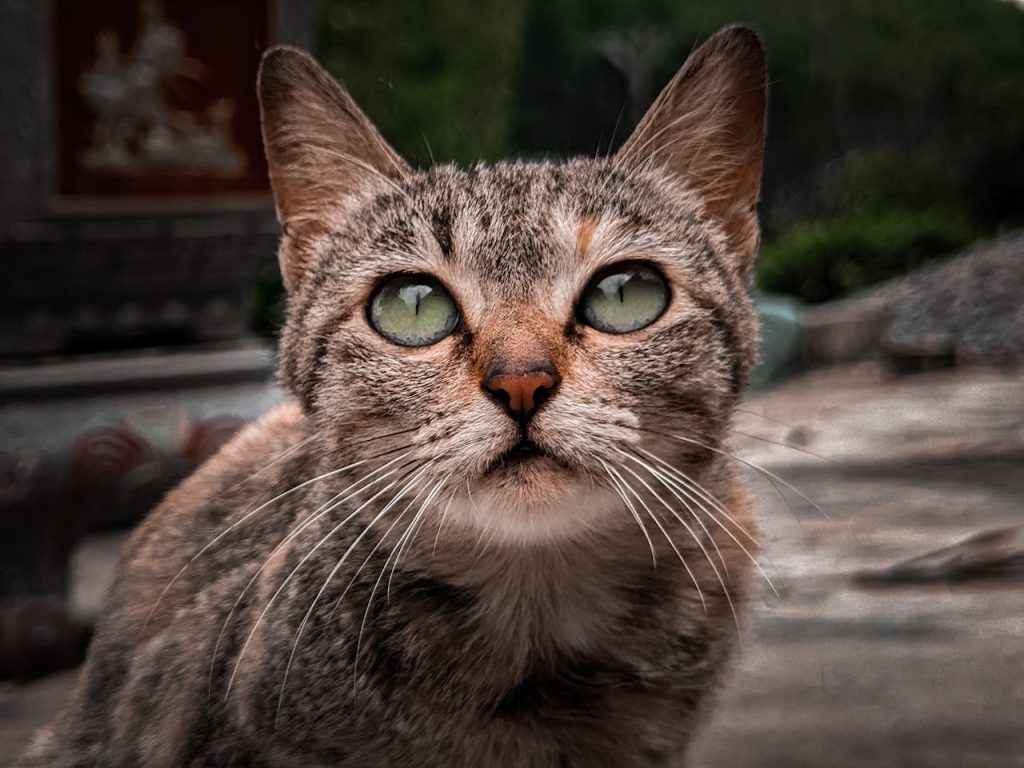
Fun Facts About Domestic Shorthairs
- Domestic Shorthairs are sometimes called “America’s cats” due to their widespread presence.
- They can have nearly any eye color, including green, blue, or amber.
- Unlike pedigree cats, their diverse genetics contribute to their overall hardiness and long lifespans.
- They are descendants of working cats that helped control pests on farms and ships, a legacy that continues in their natural hunting instincts.
- Domestic Shorthairs are known for their quirky behaviors, such as “making biscuits” (kneading) and their love for cardboard boxes.
- Despite being a mixed-breed category, some Domestic Shorthairs develop unique vocalizations to communicate with their owners, showcasing their adaptability and intelligence.
Challenges of Owning a Domestic Shorthair
Although they are generally easygoing, Domestic Shorthairs still require time, attention, and care. Potential challenges include managing their dietary needs to prevent obesity and ensuring they receive enough mental and physical stimulation.
To address dietary challenges, establish a consistent feeding schedule with portion-controlled meals, avoiding free feeding to prevent overeating.
Opt for high-quality, balanced cat food and consider incorporating wet food to promote hydration. Engage your cat with puzzle feeders or treat-dispensing toys to make mealtime more stimulating and satisfy their natural hunting instincts.
Enrich their environment with interactive toys, scratching posts, and climbing structures for mental and physical stimulation. Regular play sessions using feather wands or laser pointers can also help burn off excess energy.
Creating a routine that includes dedicated playtime ensures they remain engaged and prevents boredom-related behaviors like scratching furniture or over-grooming. Additionally, rotating their toys periodically can keep them intrigued and mentally stimulated.
Tips for Domestic Shorthair Owners
- Provide plenty of toys and scratching posts to keep them entertained.
- Establish a regular grooming routine to keep their coat healthy.
- Schedule annual veterinary check-ups to monitor their health.
- Keep their diet balanced and avoid overfeeding.
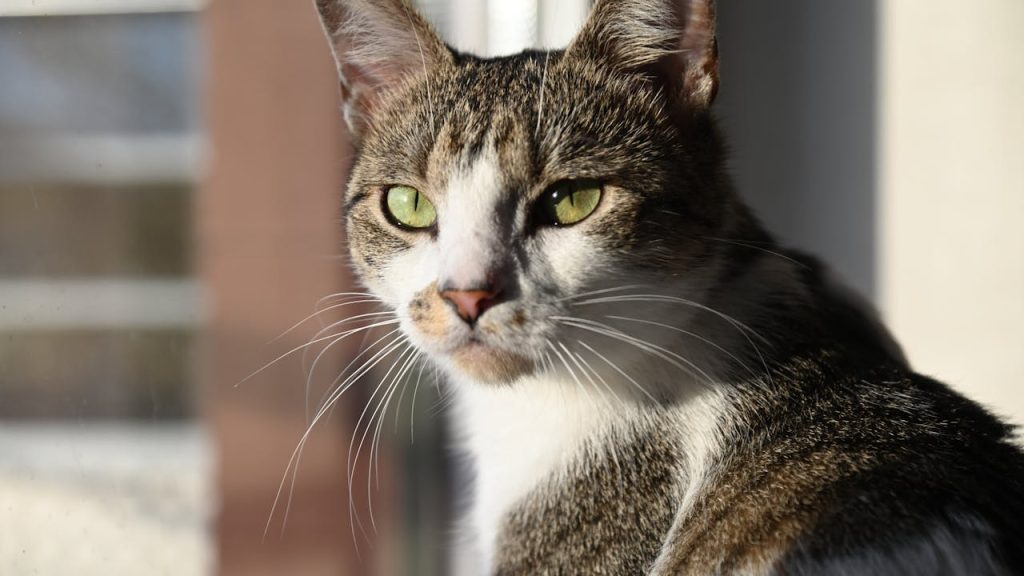
Domestic Shorthair Kittens
Domestic Shorthair kittens are bundles of energy and curiosity. Early socialization is key to raising a well-adjusted adult cat.
Expose them to different environments, sounds, and people to build their confidence. Be patient and consistent as they learn house rules and litter box habits.
Breeding and Reproduction
Domestic Shorthairs are not typically bred for specific traits, as they are not a pedigree breed. However, responsible pet owners should spay or neuter their cats to prevent unwanted litter and contribute to controlling the pet population.
Spaying and neutering have significant benefits beyond population control: they can reduce the risk of certain cancers and eliminate behaviors like spraying or roaming. By preventing overpopulation, spaying and neutering also help alleviate the strain on animal shelters and rescue organizations, which often face overcrowding and limited resources.
Choosing to spay or neuter your Domestic Shorthair is a proactive step toward ensuring the health and well-being of both your cat and the broader community.
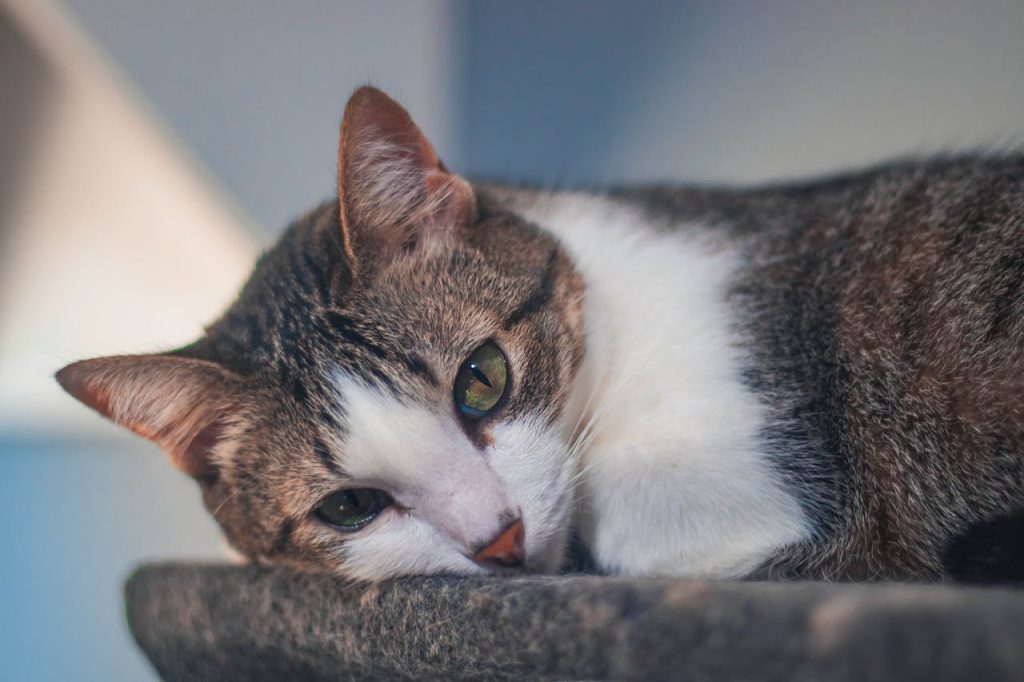
Final Thoughts on Domestic Shorthairs
The Domestic Shorthair is a versatile, affectionate, and low-maintenance companion that fits into almost any home.
Whether you’re looking for a playful kitten or a mellow adult cat, this breed’s unique combination of traits makes it an excellent choice for families, singles, and seniors alike.
FAQs
What is a Domestic Shorthair?
A Domestic Shorthair is a mixed-breed cat with a short coat and a variety of appearances and personalities. They are not a pedigree breed but are loved for their adaptability and affectionate nature.
How long do Domestic Shorthairs live?
With proper care, Domestic Shorthairs can live 15 years or more.
Are Domestic Shorthairs good with children?
Yes, Domestic Shorthairs are typically good with children and other pets, thanks to their friendly and adaptable personalities.
Do Domestic Shorthairs require a lot of grooming?
No, their short coat is low-maintenance and requires only weekly brushing.


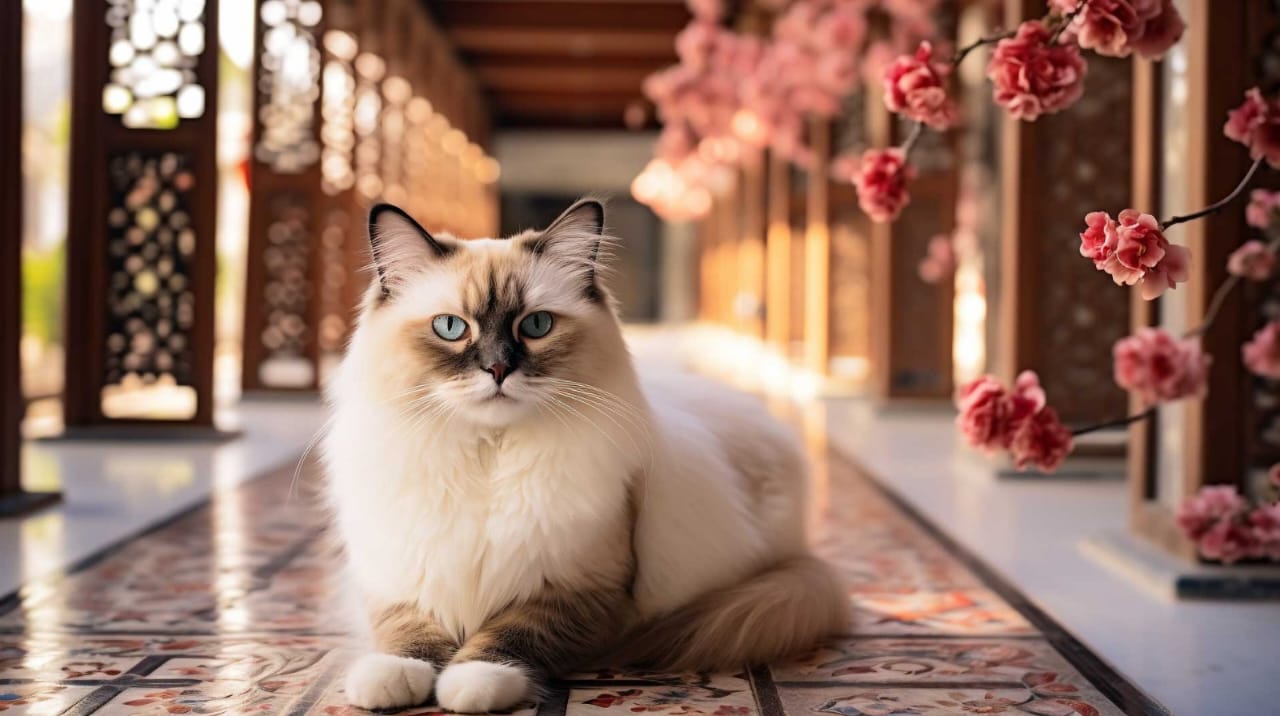
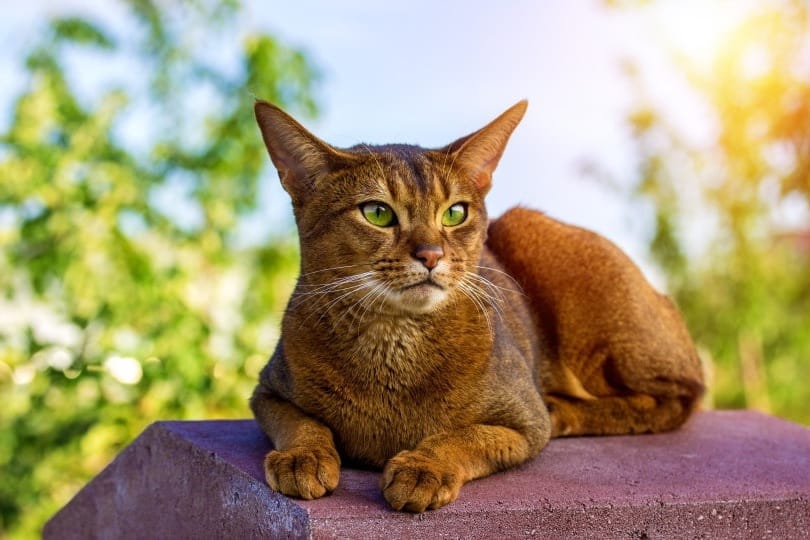
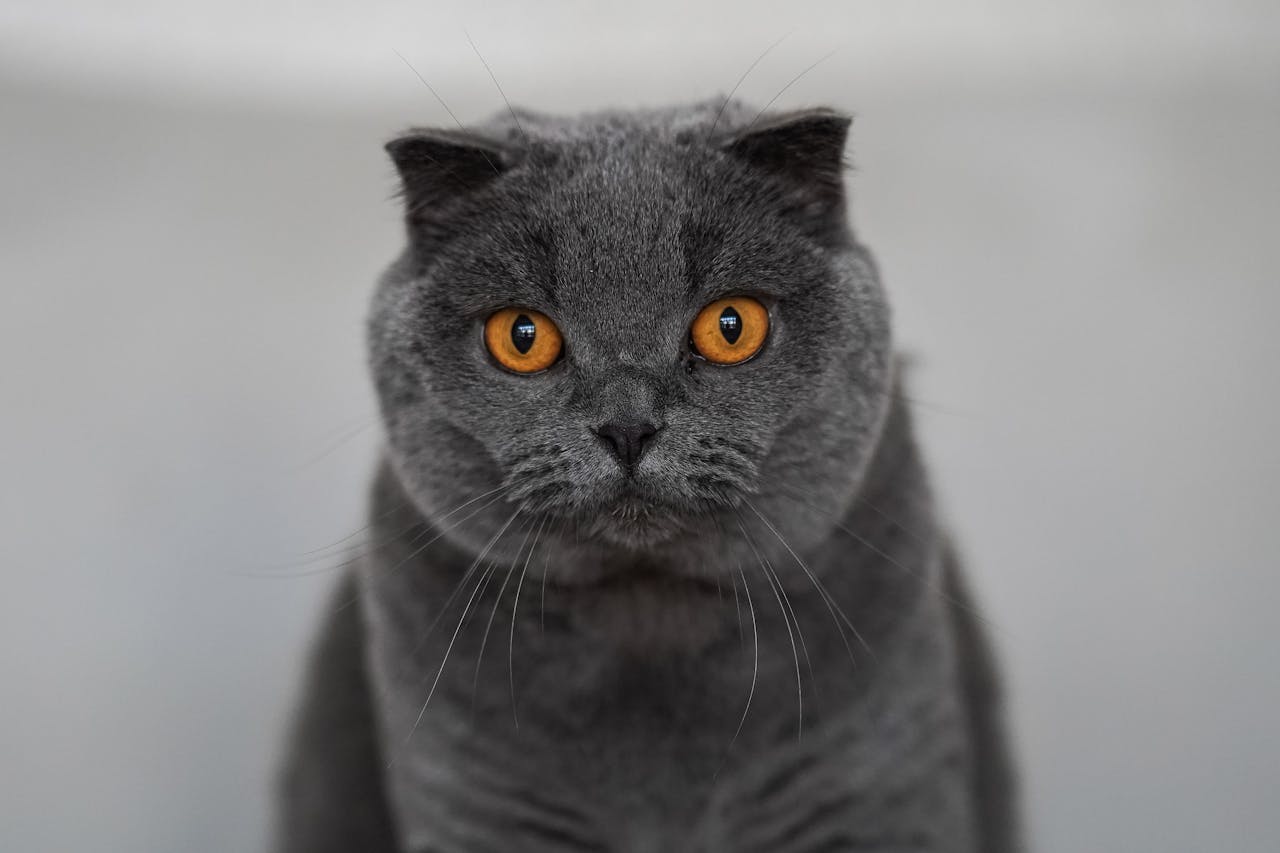
1 Comment
Pingback: Maine Coon Cats: The Majestic Giants of the Feline World - Pet Bonded